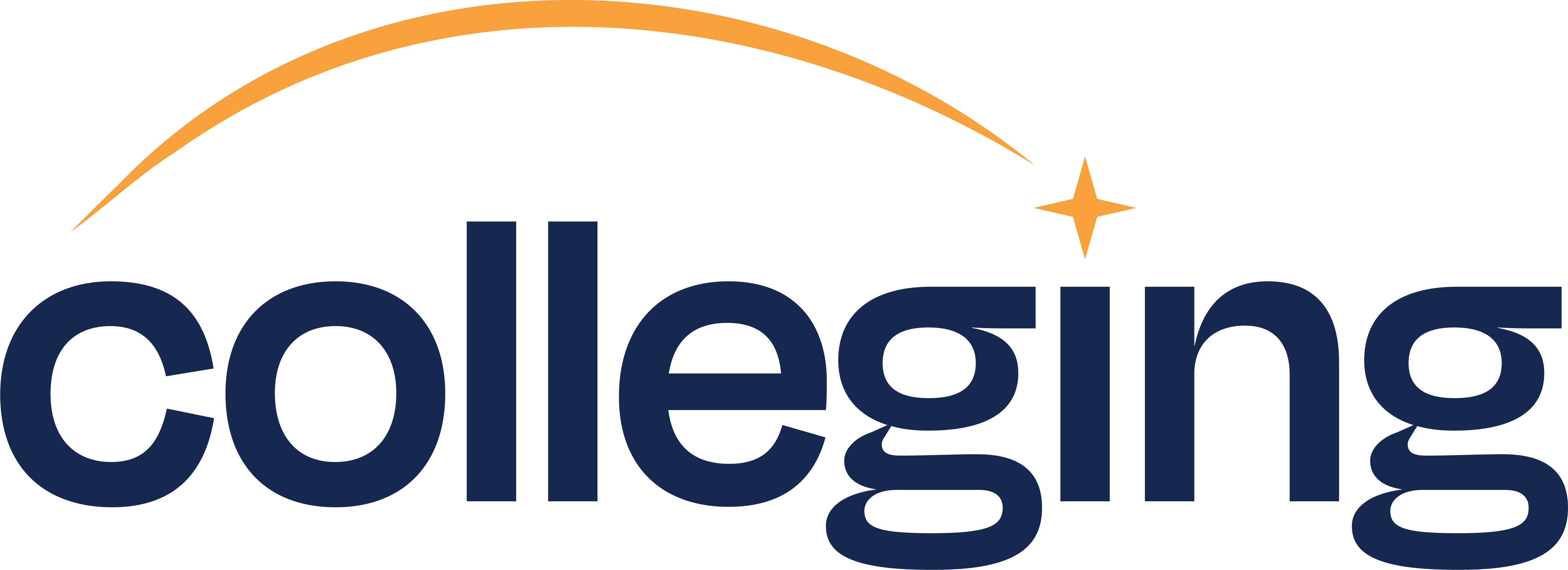March 15, 2023
Left on the Table: The Saga of Unclaimed Pell Grant and Scholarship Money
Consider the tried-and-true axiom for the lottery: “You need to be in it to win it”. Well, when it comes to applying for federal financial aid, nearly two million high school students annually are deciding not to play the game whatsoever, a decision that is costing almost half of them the chance for some much-needed assistance in the form of free money.

What’s behind what would appear to be an otherwise easy decision, and what can be done to connect more of these students with available Pell Grant funds?
Facts and Trends
According to a January 2023 report by the National College Attainment Network, the high school class of 2022 left approximately $3.6 billion in Pell Grants unclaimed. The Pell Grant Program is the largest federal grant program available to undergraduate students, designed specifically to assist low-income students in an effort to promote greater access to college. The sole commitment on the part of the student? Complete the Free Application for Federal Student Aid, or FAFSA®, each year to determine if they qualify.
The FAFSA® is the national portal to financial aid, an extensive document that typically becomes available every October 1 for the expressed purpose of allocating federal money to the neediest of potential college-bound students. The beauty of the Federal Pell Grant stems from the fact that the money doesn’t need to be repaid. Ever. It’s the very definition of free money, with an average annual payout of over $4,500 per student. And who doesn’t want to take advantage of that? But apparently, for the couple million students neglecting to complete the form each year, the task is too daunting, creating a national challenge to determine the reasons for the low completion rates and to chart a path forward for turning that trend around.
FAFSA®: Friend or Foe?
Given that the FAFSA® form asks a series of highly personal financial questions necessary to determine if a student qualifies for aid, there may be an undercurrent of both a societal stigma and a fear of government behind the low response numbers. Let’s face it, the prospect of completing the lengthy document suggests much the same appeal as a trip to the local DMV – avoid at all costs. But beyond the understandable document preparation torture lies a more troublesome culprit at the root of the low completion rates: misinformation.
When polling students regarding their unwillingness to complete the dastardly form, the NCAN found that an inordinate number indicated a series of reasons suggesting they didn’t fully understand the FAFSA® process or its potential benefits:
- Mistakenly expecting their family could afford college
- Considering they’d be ineligible for aid straight away
- Assuming the FAFSA® pertained only to loans and didn’t want to take on debt
- Proclaiming a lack of knowledge on just how to complete the FAFSA®
The end result of all the anxiety and confusion could explain why the increasingly rising costs of higher education could be halting many people’s learning and career goals largely before they can even get started.
A Change Is Gonna Come: What Is Government Doing?
Anticipated changes to the FAFSA® coming for the 2024-25 academic year are specifically designed to simplify the entire completion process, reducing the number of often head-scratching questions while potentially allowing students to directly transfer financial information from the IRS, cutting down on time and stress.
Meanwhile, in recent years, at least seven states, including California and Louisiana, have implemented state-wide mandates stipulating FAFSA® completion as a high school graduation requirement. Not surprisingly, each ranks among the states with the highest rate of FAFSA® returns across the country, having experienced substantial gains since their legislation went into effect. Tennessee has gone so far as to grant free community college and tech school tuition just for completing the FAFSA®. Incentivizing completion of the FAFSA® seems to be working as more and more states are, at the very least, taking note.
Taking the Initiative: What Can You Do?
While the government may be motivated to embrace change around the FAFSA®, there are practical steps an enterprising young student can take to have agency over his/her own higher education situation at least in terms of completing the form and finding out what money could be coming their way.
- First, fill out the FAFSA® as soon as possible. This way, you can formulate a better plan to pay for college sooner rather than later based off what you can expect in terms of federal money of all kinds, including the Pell Grant.
- Not sure how to complete the form? Many school districts offer help sessions designed to help with just that. Or, in our progressively online climate, check out the Student Aid Office’s YouTube channel with videos walking you through how to complete the FAFSA® in all its intricacies.
- Missed the deadline? File anyway! Doing so can have a three-pronged impact. At the very least, you will learn if you qualify for aid, especially the Pell Grant. Also, even if the Pell Grant funds have run out for the year, you will know you’re good for next year. Finally, it’s not inconceivable, considering the Pell Grant trends of late, that even a late filing could find leftover money still in the federal coffers.
- Complete the form every year. The FAFSA® process isn’t Baptism. In other words, it’s not a one-and-done prospect. There is money available to you every year and completing the form every year allows you to tap into that money if you qualify in amounts that could vary in your favor given your unique financial situation which could change from year to year.
While it’s true not every student goes to college, and statistically speaking, less than half of the students not completing the FAFSA® would qualify for the Pell Grant anyway, that’s still some 800,000 students missing out. The point is in order to access federal financial aid programs like the Pell Grant, it behooves the student and family to do everything they can to access that money by overcoming the perceived nuisance of the FAFSA® process and completing the form. It’s the only sure-fire way to know for certain.
Same Story, Same Channel: Scholarships
Whatever the cause for the Pell Grant quandary, the trend of unclaimed free money extends into the scholarship world as well, with the National Scholarship Providers Association (NSPA) estimating another $100 million in scholarship funds goes untapped annually, primarily due to a lack of applicants. That’s an even more frustrating statistic when one considers that the number of scholarships awarded over the last decade has increased by over 45%. The takeaway – there’s money out there to be had.
The often-overwhelming scholarship process dictates that students respectively find scholarships (in a sea of literally hundreds of thousands available), complete the necessary applications, write any required essays, and track down potential recommendation letters, all while keeping on top of submission deadlines. It can almost feel like a part-time job in itself. And so, the culprits behind the scholarship trend are, not shockingly, akin to those applied to the Pell Grant conundrum: It’s intimidating! It’s time-consuming! The fear of rejection!
Common Misconceptions
But once again, misconceptions may be playing a part in the treasure trove of unclaimed scholarship money. Scholarships are not just about grades or financial need. Thousands of scholarship programs exist for the express purpose of getting money into the hands of students who may be from a certain ethnic group, whose parents may have been in the military, who may possess a special need of some kind whether physical or learning-based, or who may identify as a member of the LGBTQIA+ community, among so many other qualifying factors.
Another common myth: scholarships exist only for high school seniors enrolling in a traditional four-year degree program. A closer look at many scholarship details can confirm whether a scholarship automatically renews or can be applied to each successive year of college – an often overlooked opportunity. And there are plenty of scholarships dedicated to students applying to or attending community colleges, technical schools, trade schools as well. In fact, in a fast-paced world that is ever-evolving and changing more quickly than in generations past, the need for a newer, more advanced skill set also means workers may need to go back to school for an additional degree or certification – a career power move that could increase your value to an employer, your earning potential, not to mention your own job satisfaction. Myth debunked!
What Can You Do?
- Plan ahead and stay organized. Have a handy document at the ready for the usual suspects of personal information so that completing the scholarship application doesn’t become yet another mad dash for required information. Keeping a spreadsheet with application dates and other must-haves so there are no last-minute panic attacks can also help.
- Enter early. There are no style points awarded for procrastination when it comes to scholarship applications.
- Be proactive. Check with school counselors, college financial aid offices, civic groups, ethnic organizations to see what’s available. There are so many available scholarships out there, it’s virtually impossible to think one person could be aware of them all.
- Think outside the box. There are scholarships out there for even the most peculiar of qualifications. Living with a certain mile radius of a shopping mall. The best duct tape prom outfit. Creating the best crossword puzzle. Writing the best essay on how to survive a zombie apocalypse. Or just for being tall. It may seem wacky, but there may be a scholarship out there that’s a perfect match to who you are.
- Keep you guard up. Be aware of sweepstakes masquerading as scholarships, not to mention shady giveaways or those that require an application fee. Most of these are scams.
The Last Word
With student debt ranking as the fastest-growing debt category, according to several financial institutions, and the typical student amassing an average of nearly $38,000 in debt upon graduation, the quest to pay for college without sacrificing one’s future financial health remains a critical decision. And while college enrollment numbers, post-COVID, are trending up marginally, helping students and their families garner a better understanding of things like Pell Grants and Scholarships and how to access that free money is equally critical. Changing viewpoints is the real challenge.
If knowledge is power, then ensuring that students and their families have all the pertinent information at their disposal will only further demystify the process as well as the misconceptions that seem to be driving the otherwise inexplicable aversion students seem to have for completing the FAFSA® and scholarship applications, thus leaving so much free money on the table. It may not be a perfect system, but it’s better than borrowing loans.
